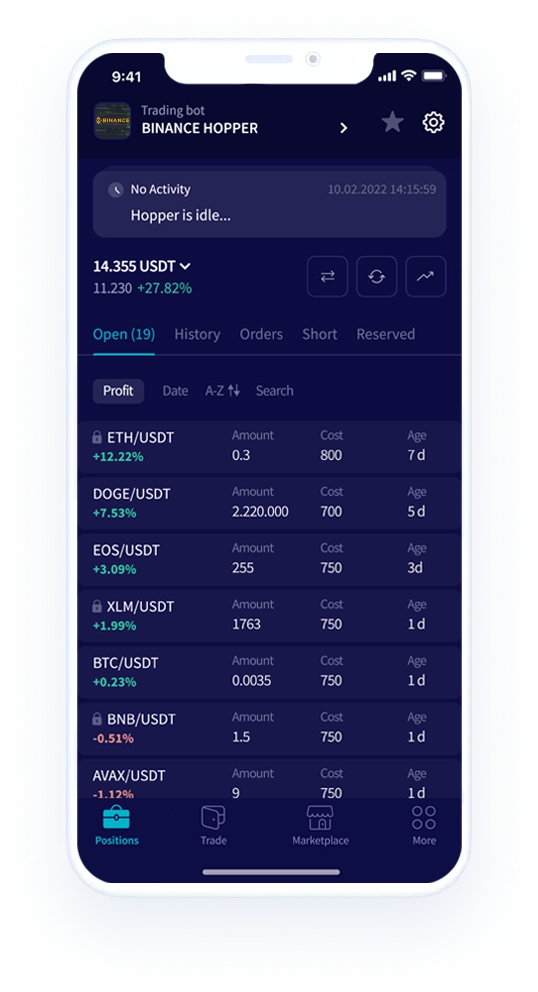Ripple has unveiled a comprehensive framework for digital asset custody, highlighting four critical pillars that will shape institutional adoption of blockchain and tokenized assets.
In a joint workshop with the Blockchain Association Singapore, Ripple executives Rahul Advani and Caren Tso outlined a strategic approach to digital asset custody centered on four key principles: compliance by design, tailored custody models, operational resilience, and robust governance.
The framework addresses the evolving regulatory landscape, with particular attention to stringent requirements from bodies like Singapore's Monetary Authority. Institutions must now consider sophisticated custody solutions that balance security, operational efficiency, and regulatory compliance.
Tokenized Real World Assets Worth $30 Trillion in 2034?
Ripple emphasizes custody as a critical entry point for enterprise digital finance adoption. The company's projections, supported by a joint report with Boston Consulting Group, suggest tokenized real-world assets could reach $18.9 trillion by 2033, with some estimates pushing as high as $30 trillion by 2034.
The market is already showing significant momentum. Over half of Asia-Pacific firms plan to adopt custody solutions within three years, driven by a 380% growth in tokenized assets to $24 billion by June 2025. Major financial institutions like Goldman Sachs, BlackRock, and Bank of America are actively exploring tokenization and digital securities.
Ripple's own US dollar stablecoin, RLUSD, exemplifies the company's commitment to rigorous standards, maintaining segregated reserves and undergoing third-party audits. The custody platform is designed to help institutions manage tokenized assets within strict operational and legal parameters.
Looking Ahead: As global financial markets increasingly embrace blockchain technology, Ripple's framework provides a blueprint for secure, compliant digital asset management.

